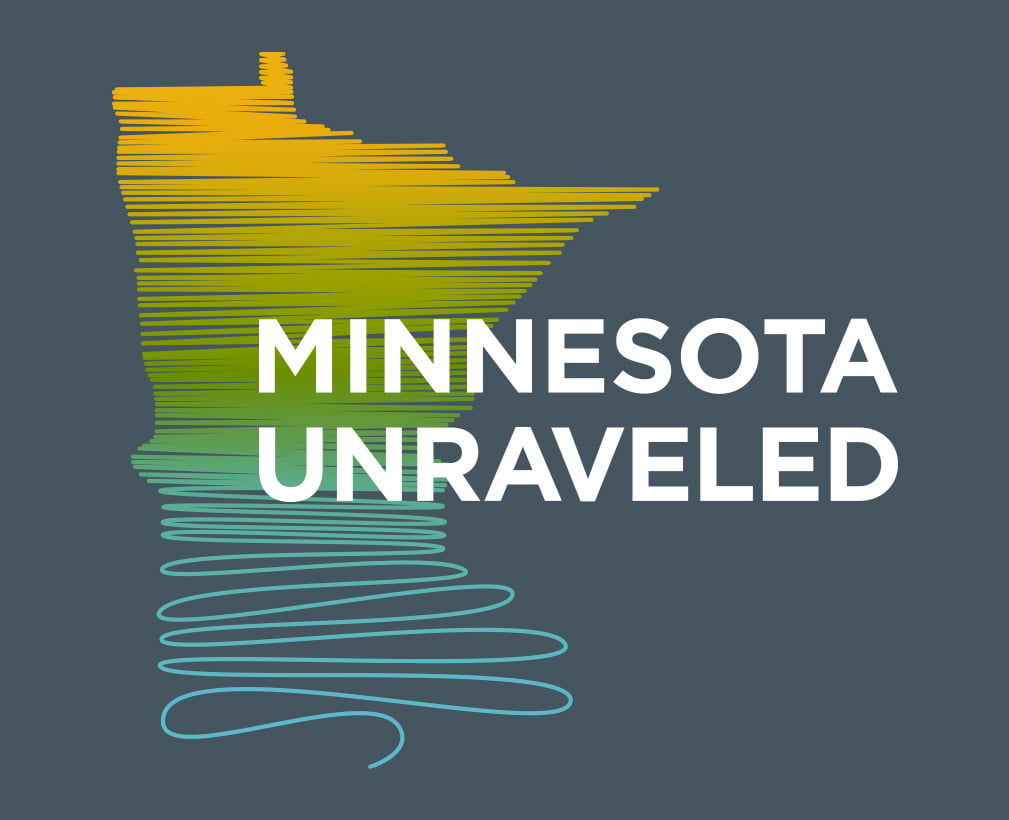
Season 2 Available Now
Minnesota Unraveled
Minnesota history is a rich tapestry, weaving together the diverse experiences, cultures, and events that tell the story of our state. It’s a story that affects—and includes—all of us.
Minnesota Unraveled, a podcast by the Minnesota Historical Society, pulls on the threads of the past to reveal new perspectives and expand our knowledge of the history we share. Host Dr. Chantel Rodríguez and her guests invite listeners to think like historians and recognize that learning about other people’s lives in the past can be a powerful way to reveal our place in the present.
Join us on a journey across the North Star State as we take a look around us and ask questions that pull us into the past.
Episodes released every other Thursday.
Episodes
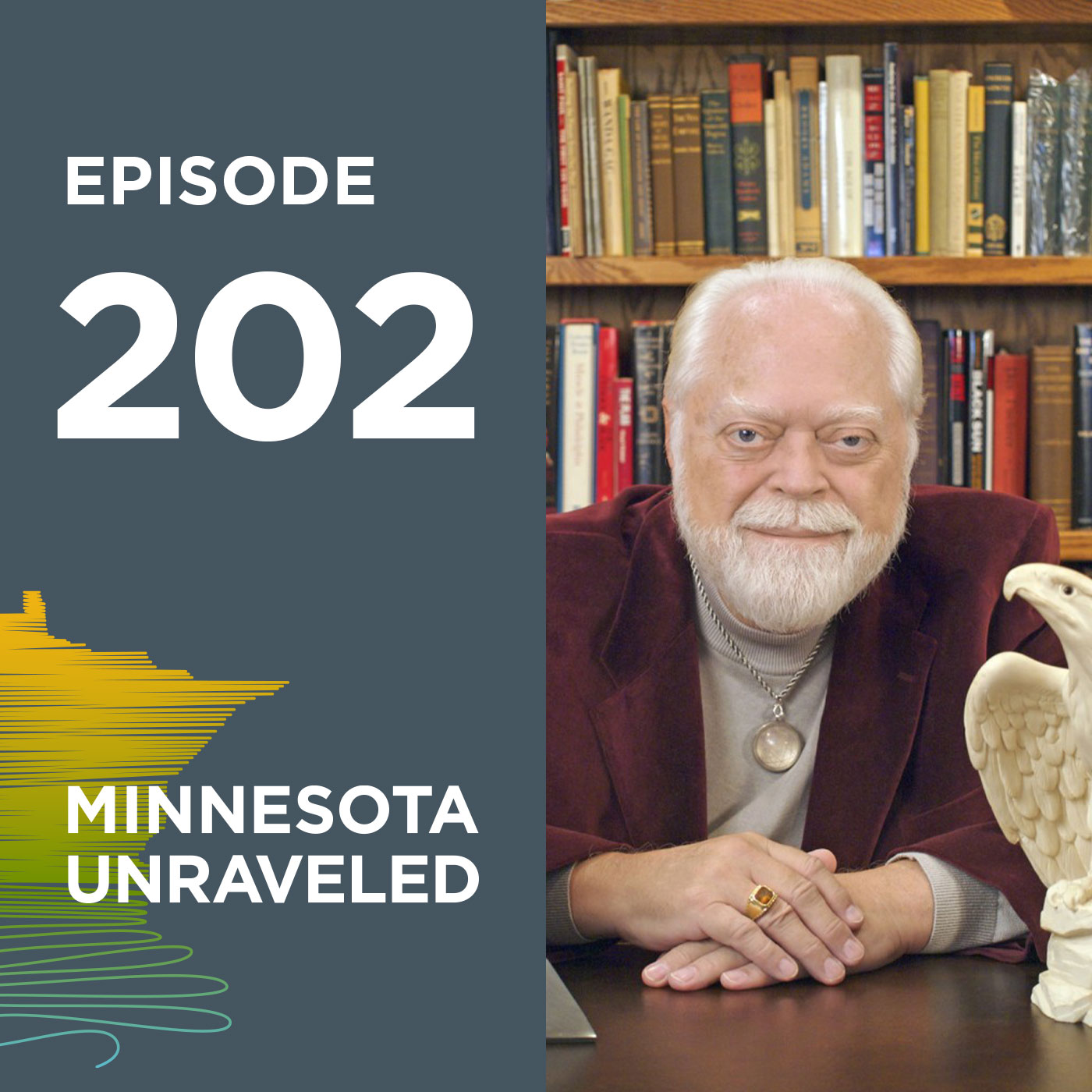
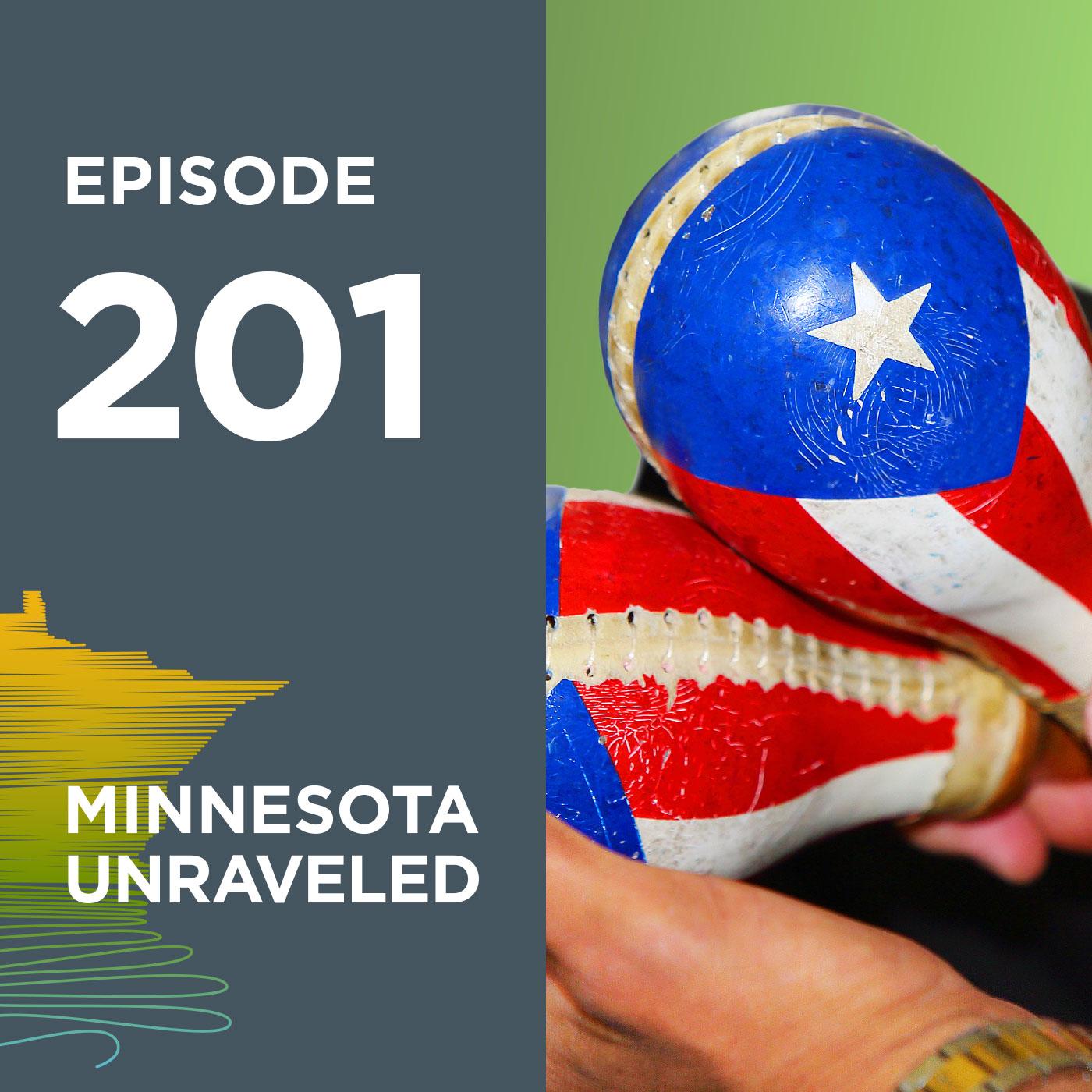
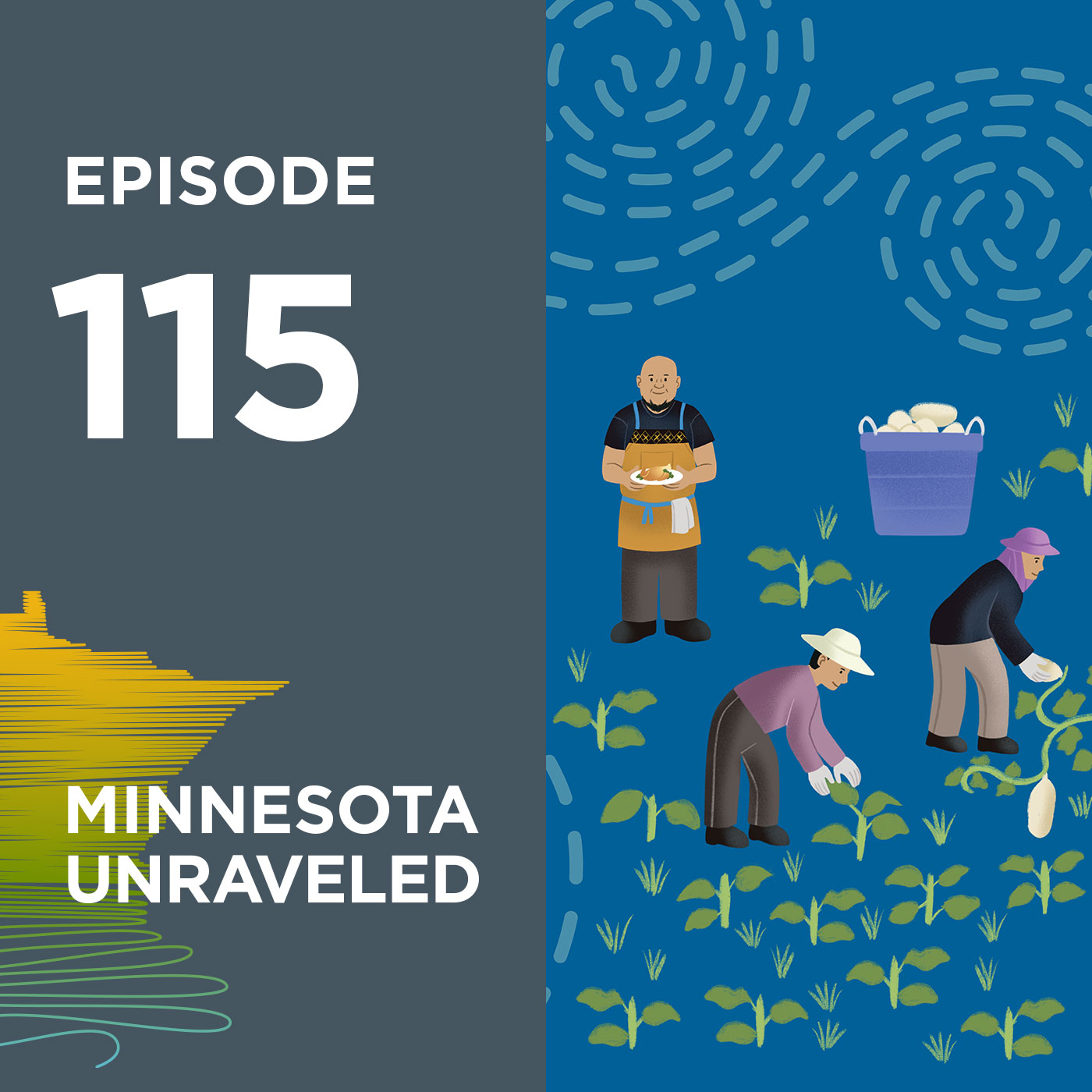
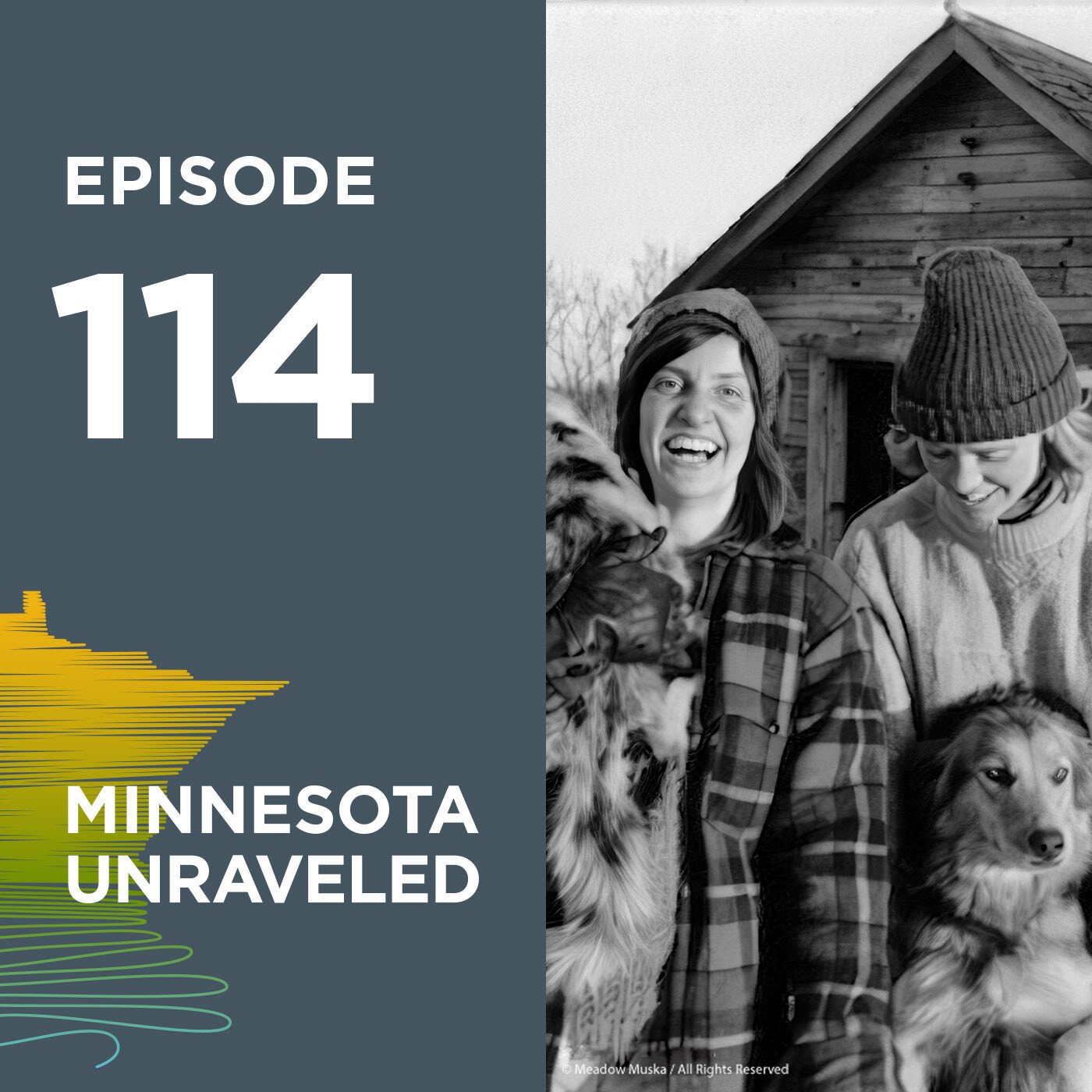
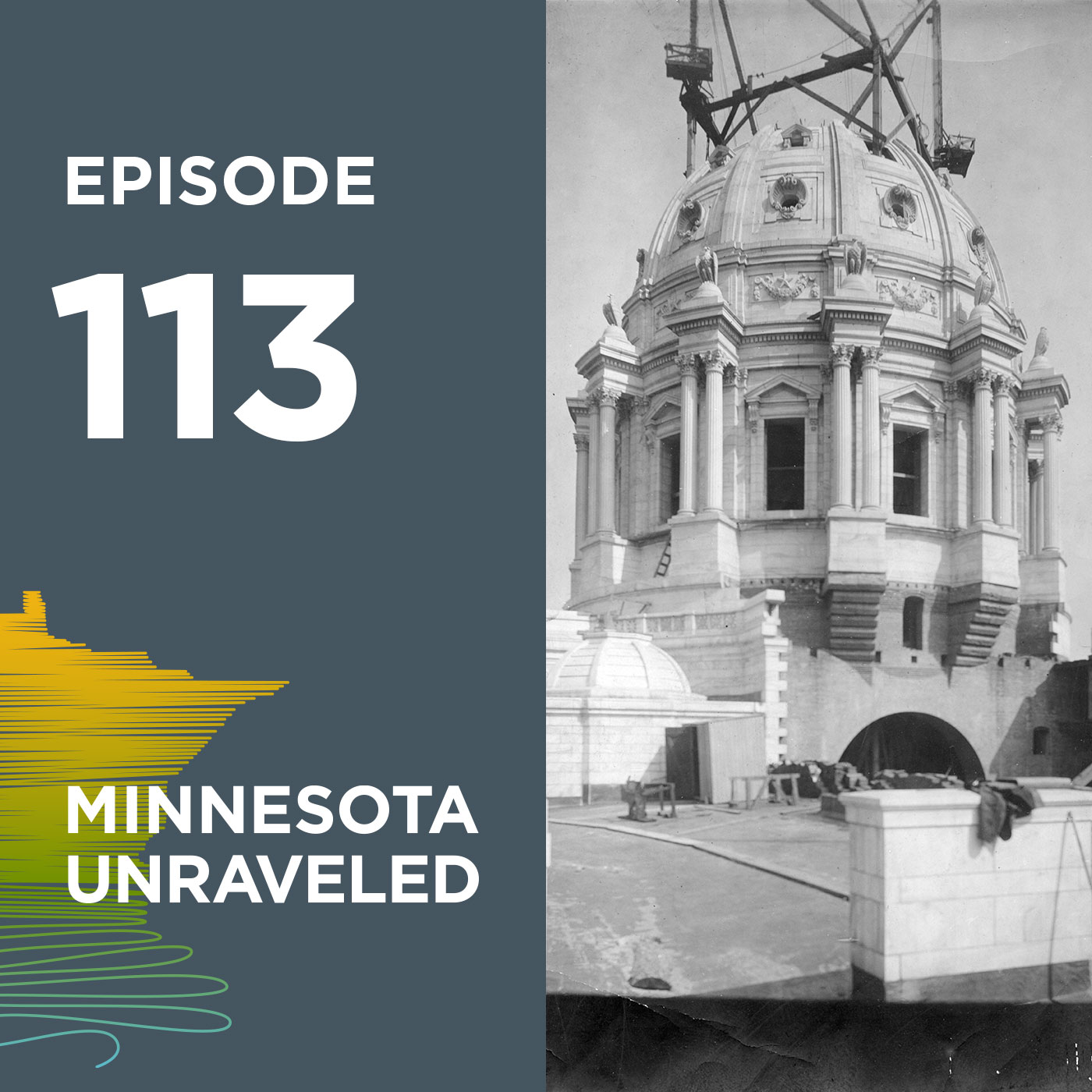
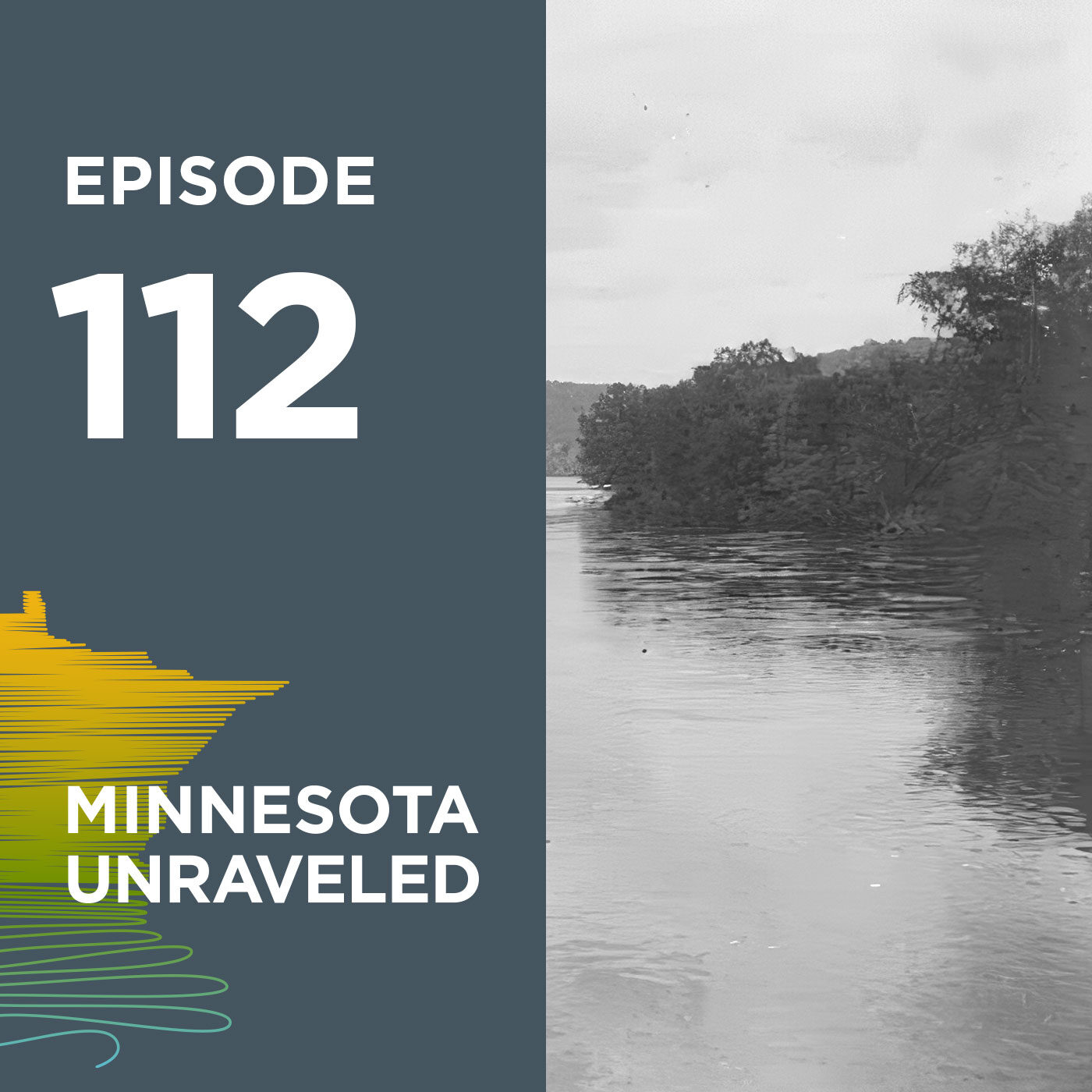
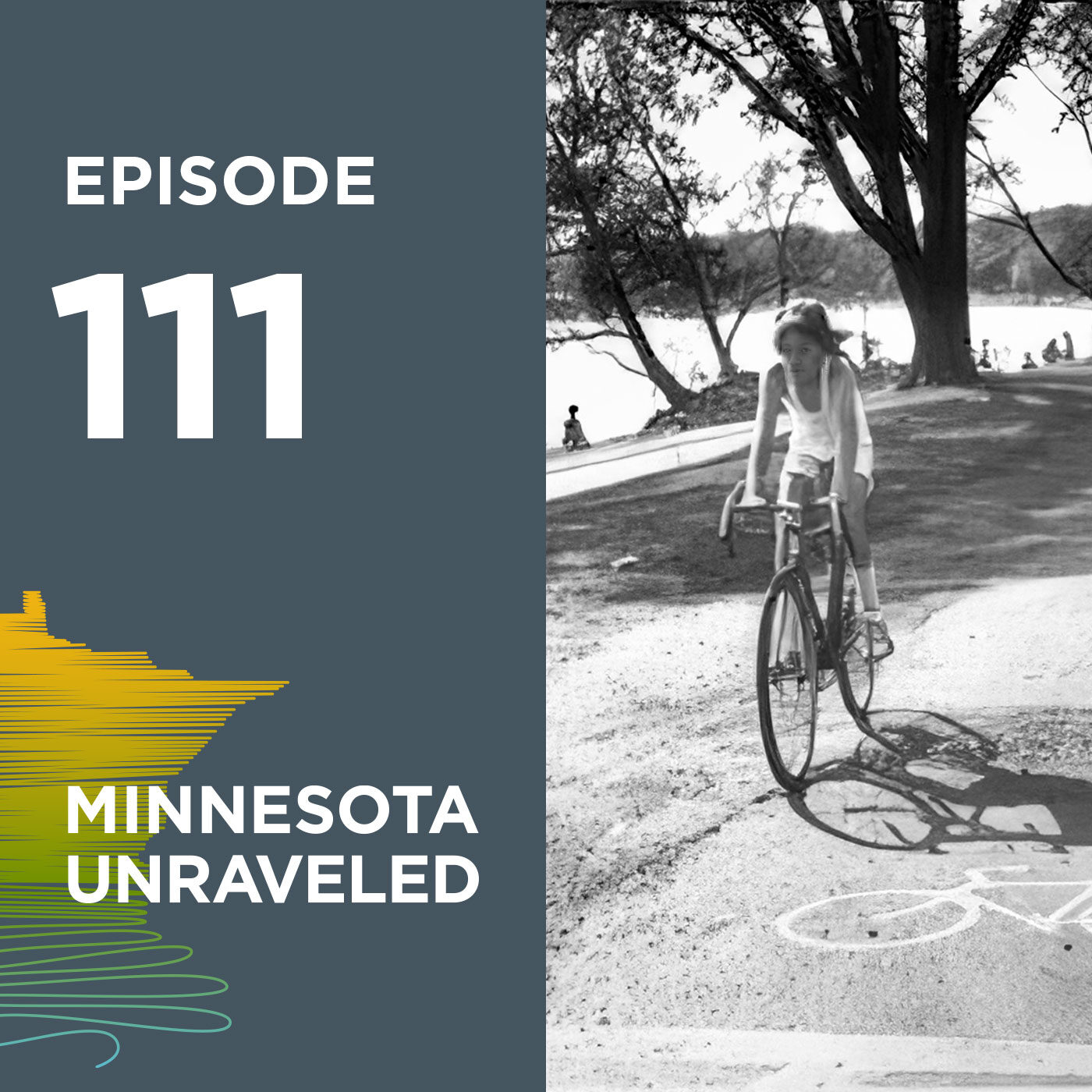
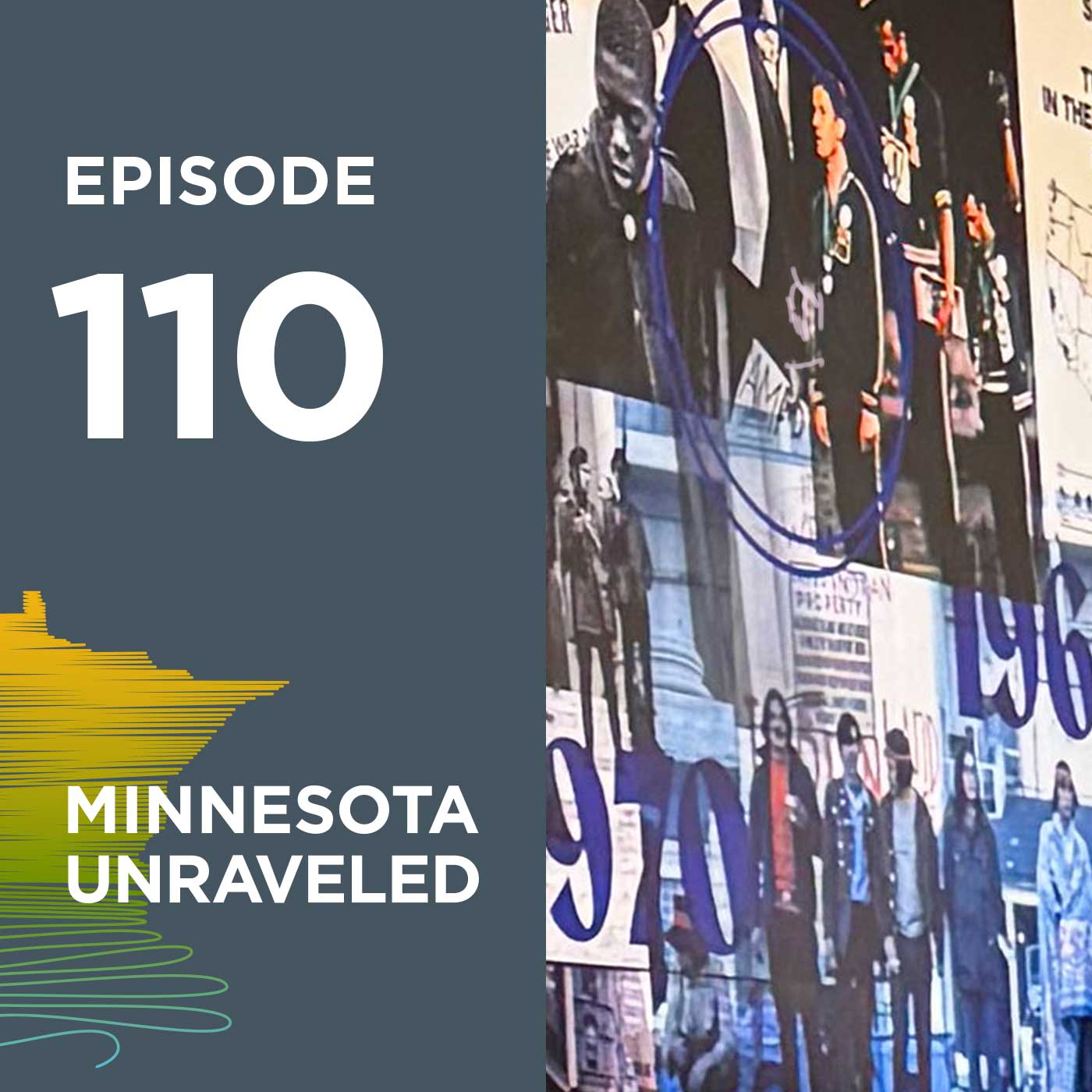










Meet the Host
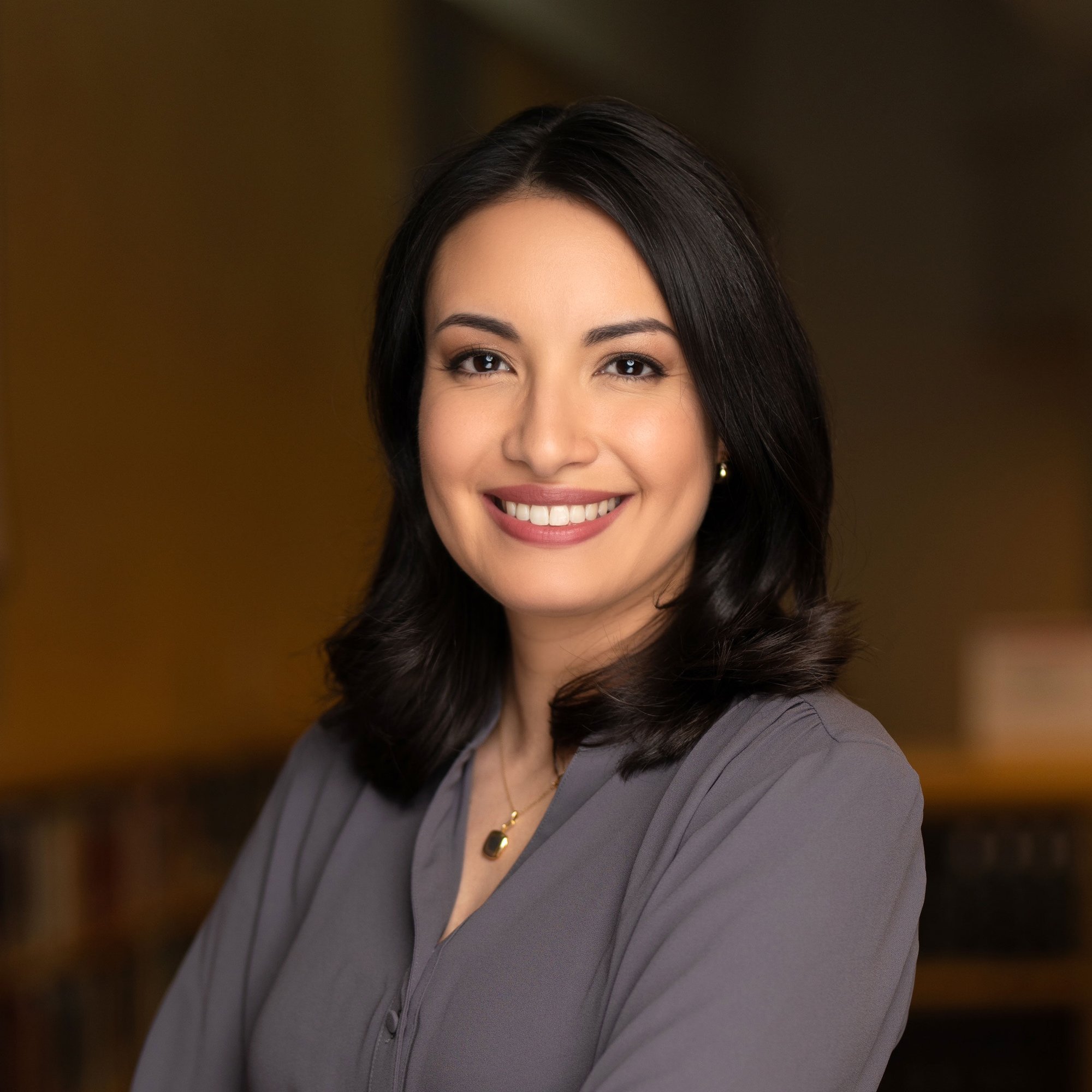
Dr. Chantel Rodríguez
Dr. Chantel Rodríguez is the Senior Public Historian at the Minnesota Historical Society. Prior to joining MNHS, she was an assistant professor of history at the University of Maryland and a research associate at the Smithsonian Institution’s National Museum of American History.
She has published articles in scholarly journals and worked on numerous projects at MNHS including the Sherlock Holmes in Minnesota video series and the Journey to Juneteenth: Celebrating Black Freedom short film. Dr. Rodríguez is currently writing a book on the history of migrant worker health in the Midwest.


